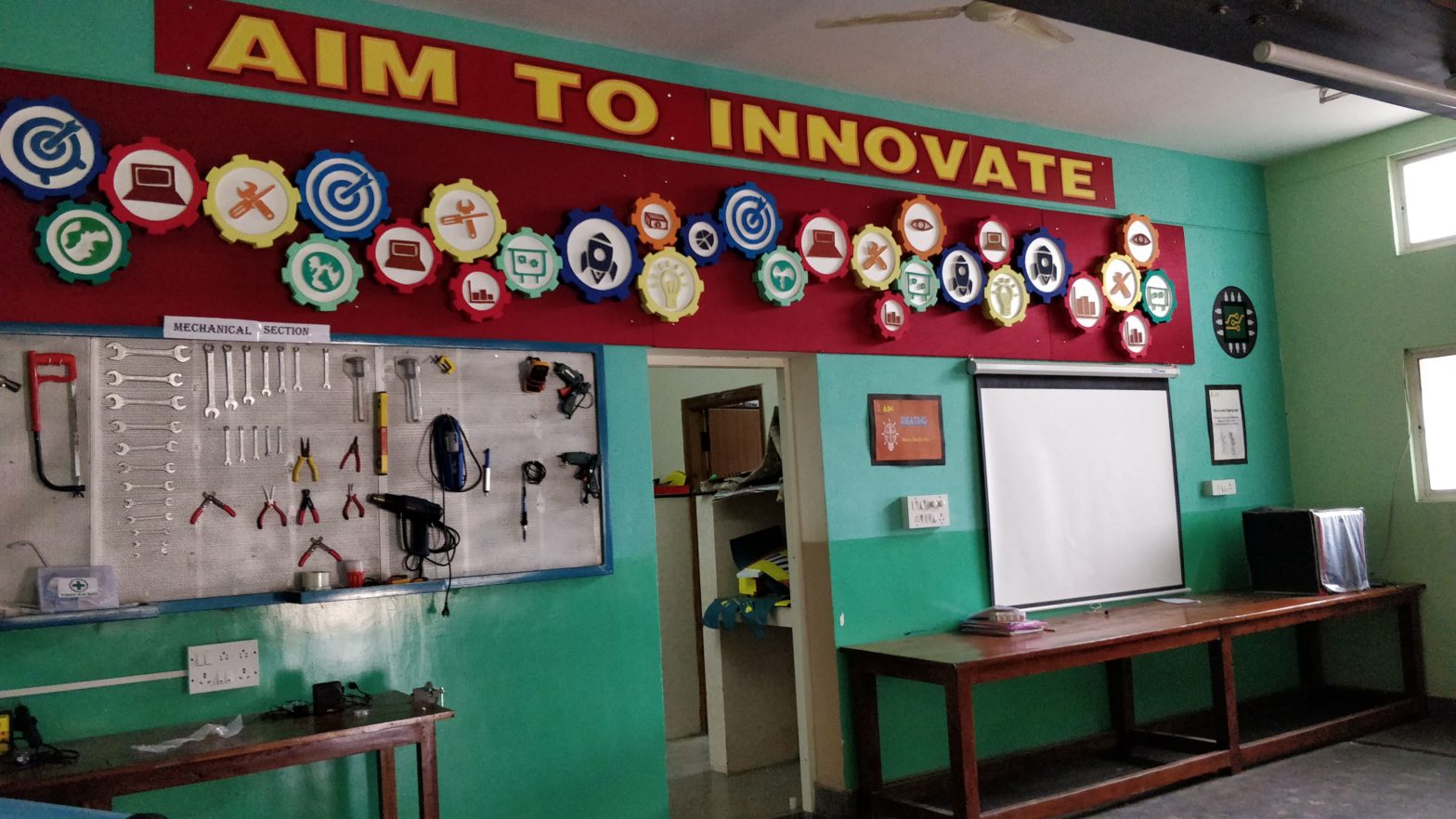
Post by India Implementation Lead, Rashi Nigam
Bangalore, September 2019
These are exciting times of the beginning of a new project for us here in India, we call it the Playful India: Maker to Changemaker Program. It is centered around catalysing and assessing creative learning in Indian maker spaces for K-12 participants. It would be helpful to mention, in this context, that the Indian government has come to the national forefront as the champion of the maker movement by starting maker spaces called Atal Tinkering Labs (hereby called ATLs) in schools. The initiative holds a vision to ‘Cultivate one million children in India as Neoteric Innovators’. The objective is to foster curiosity, imagination and creativity in children. The ATLs are spaces where young minds can give shape to their ideas, observe their surroundings and design solutions for problems around them. The question for educators and policy makers here is how to assess the efficacy of the initiative and how would the government know whether the program is sailing in the right direction?
For us, at PJL, it is an opportunity not to be missed. This seemed like an ideal testing ground for Beyond Rubrics. We, a team of two Implementation Leads, Prasanth and Rashi, went around exploring these spaces in the schools in Bangalore. It did not take us long to realise that the Indian students are sitting on a gold mine of resources without being aware of it. The ATLs are a maker’s haven, with paraphernalia ranging from electronic development boards to mechanical tools, and from rapid prototyping machines like 3D printers and vinyl cutters to craft essentials.
We realised that the ATLs are designed to be free working spaces and hence it was ensured that the students are kept free from following any set curriculum or to go through examinations per se. But these maker spaces are struggling hard to find a place in the heart of the masses, owing to the deep-embedded confidence, of the educators and the guardians, in the existing education practices and hence there arises a need to have some tangible, visible results out of these spaces to prove their worth.
Maker spaces seem to be the future of learning. Albeit, facing some skepticism right now, these places might soon dominate as quintessential learning environments to meet the changing requirements of the future. The thoughtfully designed activities in Beyond Rubrics are focused on nurturing a maker mindset in participants. More often than we like, students talk about their learning in maker spaces on the basis of the technical skills acquired, which is only one side of the coin. With transitive requirements of the societies and with the perils of climate change hovering over humans, it is essential to create individuals who grow up in touch with their superpowers, who think things through and who identify gaps, unseen before. This would help create customised solutions for the problems of the future. The process includes integrating skilling along with maker elements, the student would go on to identifying and creating softer personality skills like developing a sense of agency, productive risk taking, understanding how the nuances of design process work or going through the process of solution creation by researching, surveying, and networking.

For us, the 1.5 months spent in this project, so far, have been a good mix of iteration of plans for the coming year and identifying makerspaces to pilot our tools with. We visited ten maker spaces (ATLs and non-ATLs included) to make observations. The places were a mix of government and private schools, dwelling in urban settings. The ATLs were accessible to grades from six to twelve but not utilised very well. We also visited a Reggio-Emelia approach based school which particularly stood out from the rest in terms of students’ train of thought and involvement. These children drafted their own hypothesis around the given topics and designed experiments on their own to test the validity of the hypothesis. Their outgrown sense of agency seemed exemplar and the place particularly set a benchmark for us. From the rest of the schools visited, there were bittersweet observations-
- Existence- The Indian government has definitely set the ball rolling for an unprecedented ecosystem of innovation and making for school going students through the ATLs and for the community children in the vicinity of these spaces.
- Meaning- The ATLs have identified themselves aligned with science and technology and skills revolving around the same. There is a visible need of developing the mindset and the vision first and then focus on skill development.
- Utilisation- Even though there is a large number of these spaces in India now, the utilisation remains on the lower side. The constructive chaos character was seen missing in most spaces, owing to various constraints in the execution process of the project.
- Mindset- As mentioned before, the ATLs require a shift in the mindset of the school administration, teachers and guardians. The schools, again, with some exceptions, have been running the project half-heartedly, which is resulting in no set time for students to visit or no follow up with interested students.
- Accessibility- While we felt that mindset of the people involved at the administration level is largely affecting accessibility of the lab for the interested students, accessibility of the components within the space is also a topic of concern. A lot of components are kept untouched and away from the children with a fear that they might break or damage them; making comes hand in hand with breaking and the facilitators or teacher-in-charges should make peace with this for enhanced learning at the ATLs.
We also returned with few questions for us to ponder about and to design our program better.
- How are accessibility and creativity related- Does it create a lot of difference when creative learning spaces are also designed creatively?
- How does the placement of components and tools affect its usage?
- Would the ATL project be more successful if it breaks out of its four-walled-confined structure and the components and tools find their way into everyday classrooms?
- Do maker spaces necessarily need a dedicated mentor/ facilitator? If yes, do they have to be technical experts?
- What exactly is expected out of these spaces and why?
We now have a fair idea about these questions but saving the answers for later once the pilot phase of the project gives us substantial results to back them up. Keep your thinking hats on till then and look forward to more project updates from India!

